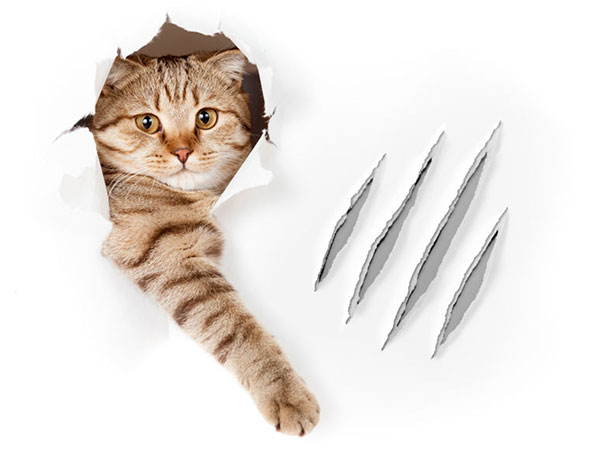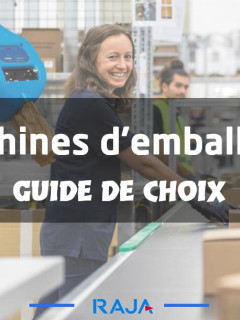Covid-19 has brought a lot of changes to businesses and shops.One of these new developments is the transparent protective screen.You can find them on counters,at receptions,in offices,etc.Such a protective screen is usually made of acrylate (also called plexiglass®).It’s not enough to just buy and install it,you also have to maintain it.In this article,we’ve created a guide to acrylate maintenance.And for the real enthusiasts,there are a lot of interesting facts you should know.
Guide to cleaning acrylate
► What do you need?
- Plexiglas cleaner (spray)
- Microfiber cloth
- Optional: squeegee or chamois, hair dryer, high pressure cleaner (with steam jet).
► How do you clean the acrylate?
-
Step 1: Start by removing the dirt with a hair dryer. Remember to set the hair dryer to cold, hot air can damage the acrylate.
-
Step 2: Remove the fine dirt particles with a generous amount of water. Use warm water and add a little detergent. Pour this mixture into a spray bottle and spray it generously onto the acrylate. You can also use a plexi cleaner. This product is specially designed for cleaning acrylate surfaces and is the safest solution.
-
Step 3: Wipe the acrylate with a damp microfibre cloth. Microfibres retain dirt and dust better, which reduces the risk of scratching. Be careful not to apply too much pressure and not to rub. Rinse the cloth regularly.
-
Step 4: Dry the surface by hand. Water spots may remain and you will need to repeat the cleaning process, which can be remedied by using a squeegee or chamois, for example.
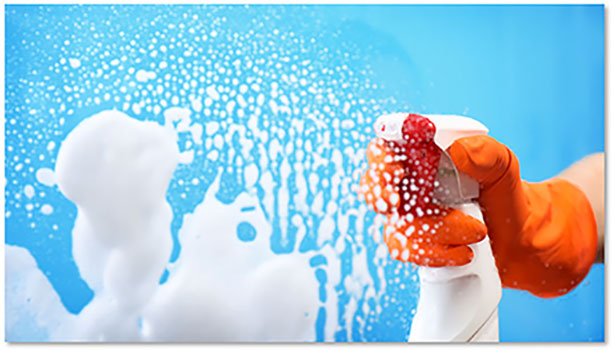
► How can you avoid static electricity?
It is important to know that acrylate is sensitive
to
static electricity. What does this mean in practice? When you clean the plate with a microfiber cloth, static electricity is generated and dust particles are attracted to the Plexiglas®. When rubbed, this can cause scratches. To avoid this, it is best to use a Plexi cleaner that makes the surface antistatic. The dust particles will remain in the microfiber cloth and will not damage your Plexiglas®.
► How do you make the acrylate transparent again?
[Polishing the surface is the easiest solution. Special polishing pastes are available on the market that are suitable for all types of acrylate. Always proceed exactly according to the manufacturer’s instructions.
► How to clean large acrylate surfaces?
If you have large acrylate sheets outside, a high-pressure cleaner is a good solution.It works particularly well in case of heavy soiling.You can set the pressure of the steam jet between 50 and 100 bar.The water temperature should not exceed +70 °C.You can read why below.Do not wipe the acrylate afterwards (as you then create a static charge), but let it air dry or use a squeegee.
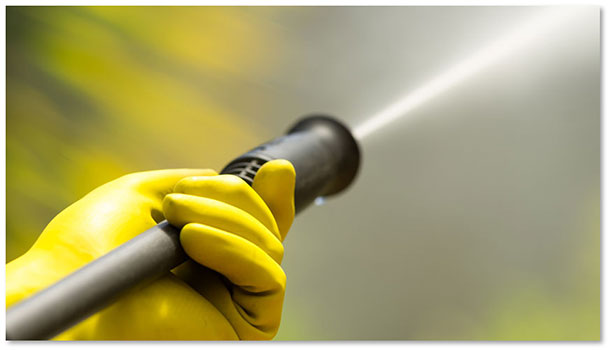
► What cleaning temperature is suitable for acrylate?
Heat resistance varies slightly with GS and XT sheets. Extruded Plexiglas® (XT) can tolerate up to +70°C while cast Plexiglas® (GS) can tolerate up to +80°C. It is important to bear this in mind when using a high pressure cleaner (with a steam jet). If you are unsure whether you have an XT or GS sheet, it is best to keep the temperature below +70°C.
► Which cleaning product is ideal?
Acrylate is a sensitive material when it comes to cleaning, so you can use the following substances with peace of mind
- Light to medium alkalis (base),
- Acid-resistant agents,
- Greases and oils.
the following substances are not compatible. They can even seriously damage your acrylate and cause irreparable tarnishing
- Organic substances,
- Acetone,
- Benzene,
- Ethanol,
- Alcohol,
- Petrol,
- Dilutions of synthetic resin products.
What is acrylate or Plexiglas®?
Acrylate is an abbreviation for polymethyl methacrylate (PMMA).This chemical composition is a mixture of acetone, methanol, hydrogen cyanide and sulphuric acid.An excellent composition for plastic,not too much for a cocktail.
If this PMMA mixture is made under the right conditions,a liquid emulsion is formed.When this emulsion cools down,you get a transparent plastic sheet which we call plexiglass or acrylate.Acrylate or plexiglass® can be divided into 2 categories according to the cooling process:-
| CastPlexiglas® (GS) | ExtrudedPlexiglas® (XT) |
| After the production process, the emulsion is cast into a flat sheet. The emphasis is on thickness rather than length or width. The result is a sheet that is less susceptible to scratching. | First, the emulsion is pressed by an extruder. Then the emulsion is spread out to the desired dimensions. Here, the emphasis is on length or width. XT sheets are less expensive than GS sheets. |
- The brand name "Plexiglas®" was invented in 1933 by the German Otto Röhm ?
- The first PMMA prostheses were implanted in 1959 ?
- pMMA is fully recyclable ? it can easily be recast into new plastic applications.
Seven things you should know about acrylate
► Solid
A Plexiglas® sheet can support 30 times the weight of a glass sheet. Plexiglas® can tolerate more knocks and bumps than glass. Glass will shatter whereas Plexiglas® is more likely to warp.
► Transparent
Although glass and acrylate are very similar, there is a clear difference in transparency. Glass surfaces reflect a lot of light, whereas acrylate hardly ever does. In short, acrylate is more transparent than glass.
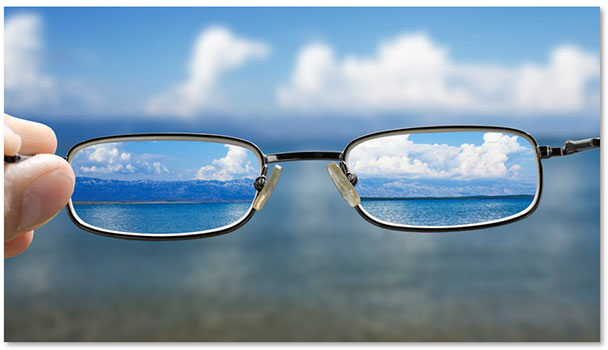
► Soundproofing
Inaddition to offices, Plexiglas® screens are often installed on the terraces of cafés and restaurants to attenuate traffic noise. In addition, Plexiglas®
is
resistant to climatic influences.
su_spacer]
► No UV!
UV protection is also on the list of useful features of acrylate/plexiglas®. Acrylate does not allow UV rays to pass through, so the screen does not fade, unlike glass. Editor’s note: cast plexiglas® is fully UV resistant, while extruded plexiglas® may show internal cracks after a few years due to sunlight.
► Thermoplastic
This material can easily be melted to create a new shape, and it cools easily afterwards. You can repeat this cycle several times without the acrylate losing its quality, so acrylate is also recyclable.
► Sawing, drilling and painting
You can easily saw and mill acrylate figures.Of course, you can also easily drill holes.You can even paint it.As for maintenance, you have to be very careful with the paint and follow the correct procedure.
► Scratch sensitive
[Plexiglas® has a softer structure than glass. Although this is more of an advantage than a disadvantage, it is important to be careful. Scratches will occur more quickly if you are not careful, so it is important to maintain your screens carefully
